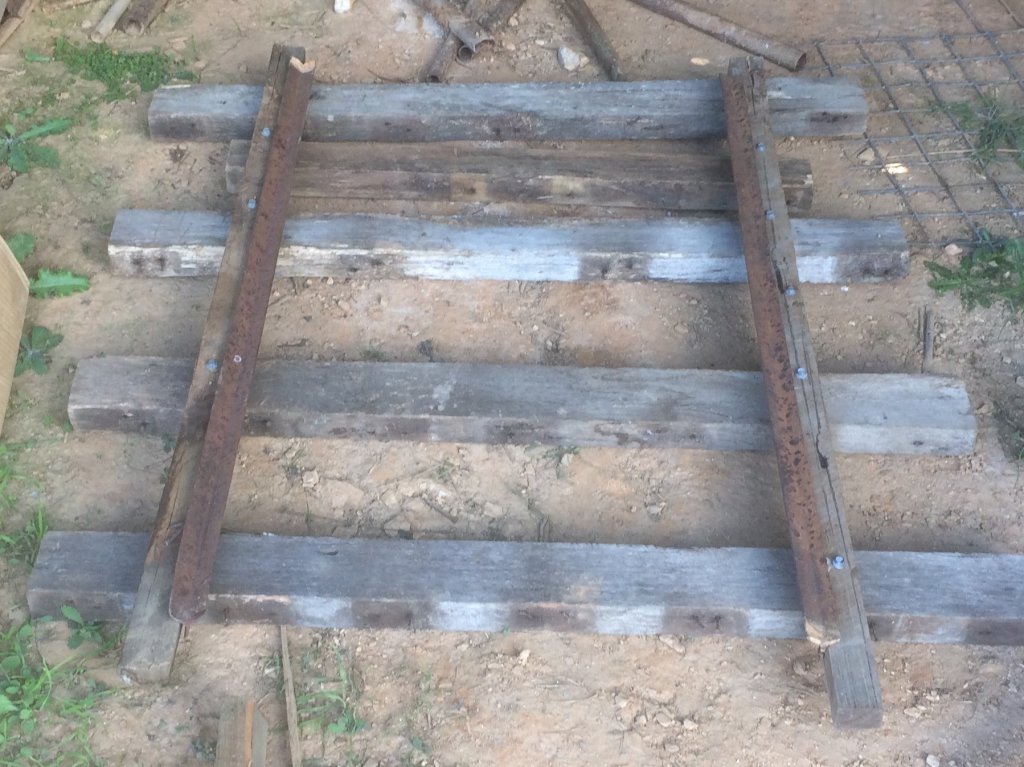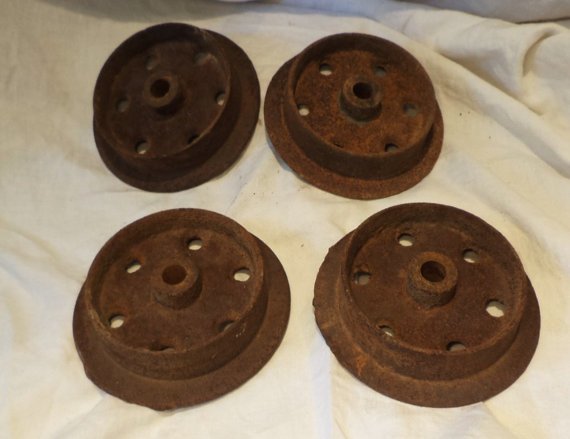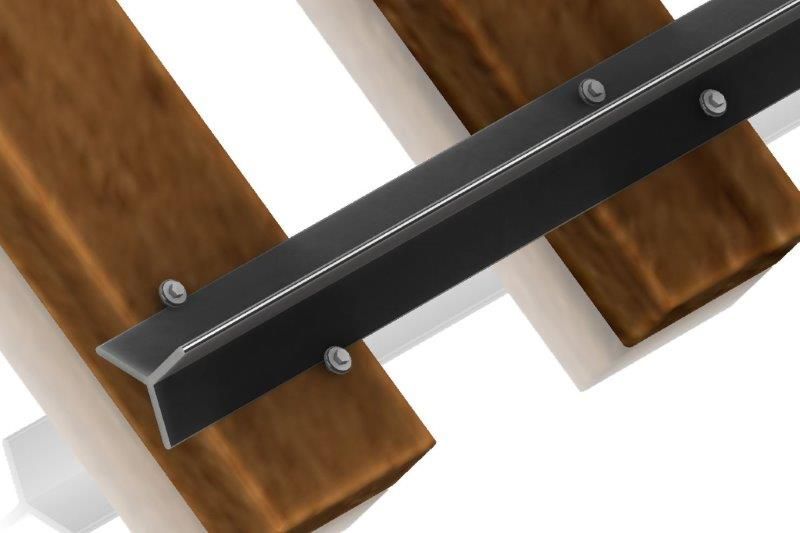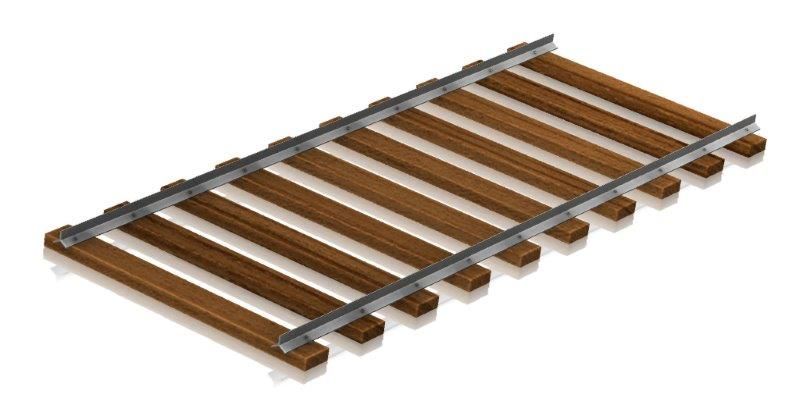- Joined
- Apr 27, 2016
- Messages
- 6
- Reaction score
- 10
Here's the topic of making your own tramway track or cart for your mine tunnel.
Now since you could be thinking that you could buy some light railway rails from somewhere or from overseas for your shaft, but it will cost money.
Now I tried everywhere to find light rails for my tramway but sometimes their a bit expensive, so I've made my own tramway track using wooden sleepers, some hard wooden posts as rail holders and straight star pegs as Rails.
Here's the Image of my New type of Mining tramway track that I Have made Below.

Well what do you think about my new type of mining tramway track.
Now since you could be thinking that you could buy some light railway rails from somewhere or from overseas for your shaft, but it will cost money.
Now I tried everywhere to find light rails for my tramway but sometimes their a bit expensive, so I've made my own tramway track using wooden sleepers, some hard wooden posts as rail holders and straight star pegs as Rails.
Here's the Image of my New type of Mining tramway track that I Have made Below.

Well what do you think about my new type of mining tramway track.






